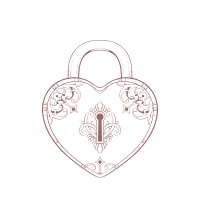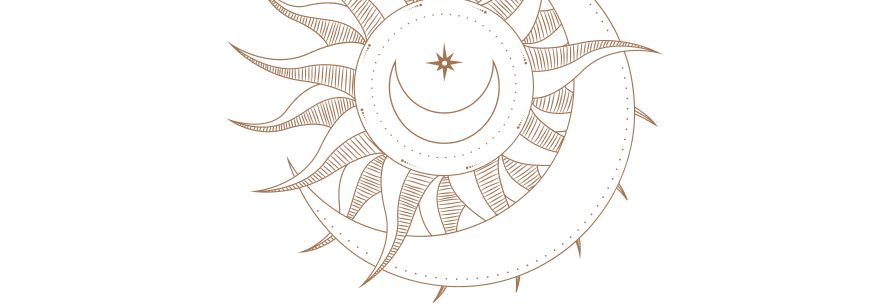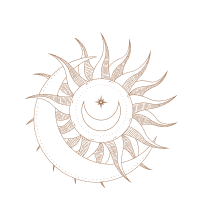
Time Dynamics in Birth Chart Love Matches
An incisive look at how precise birth times enhance astrological compatibility insights for relationships.
article by Priya Deshmukh
Introduction to Birth Timing
Astrological compatibility is not just a matter of zodiac signs; it dives much deeper into the intricate celestial dance of our planets at the moment of birth. When we speak of "birth chart compatibility with time," we refer to the art of synastry, which involves comparing two individuals' astrological birth charts. The precision of your birth time is a crucial element, as it affects the position of the ascendant, or rising sign, along with the house placements of planets – two factors that significantly shape personality and life events. Understanding the subtleties of time in relation to birth charts can unravel the layers of interaction and connection between two people.
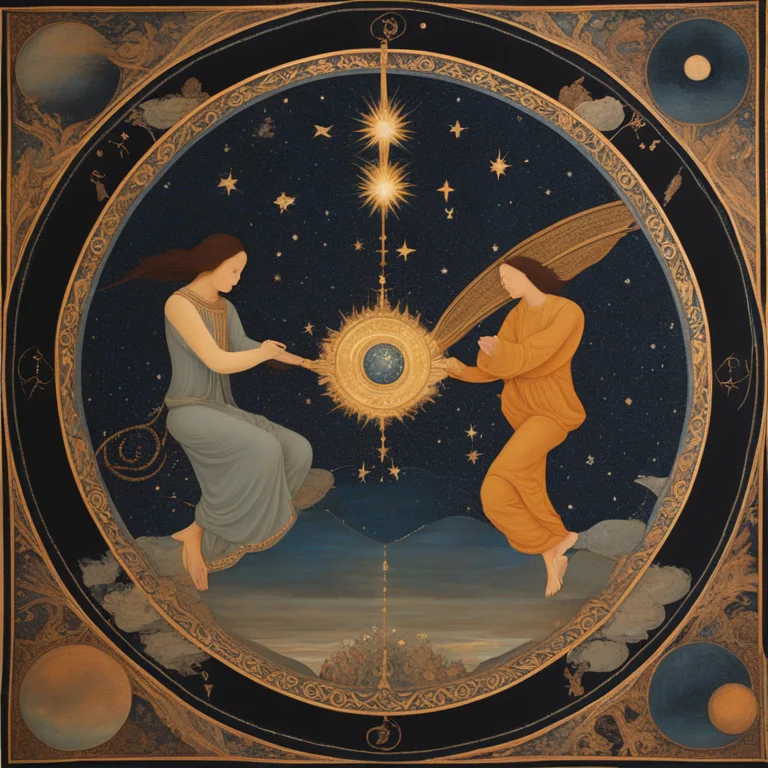
Ascendant's Role in Compatibility
In the delicate balance of astrological compatibility, the ascendant, or rising sign, determines the initial spark and chemistry between two individuals. It represents the filter through which you experience the world and, ultimately, love. An exact birth time permits an accurate ascendant reading, which sets the stage for a more refined understanding of interpersonal dynamics. When ascendants are in harmonious angles to each other, they indicate an innate comprehension and comfort, fostering a smoother relationship journey.
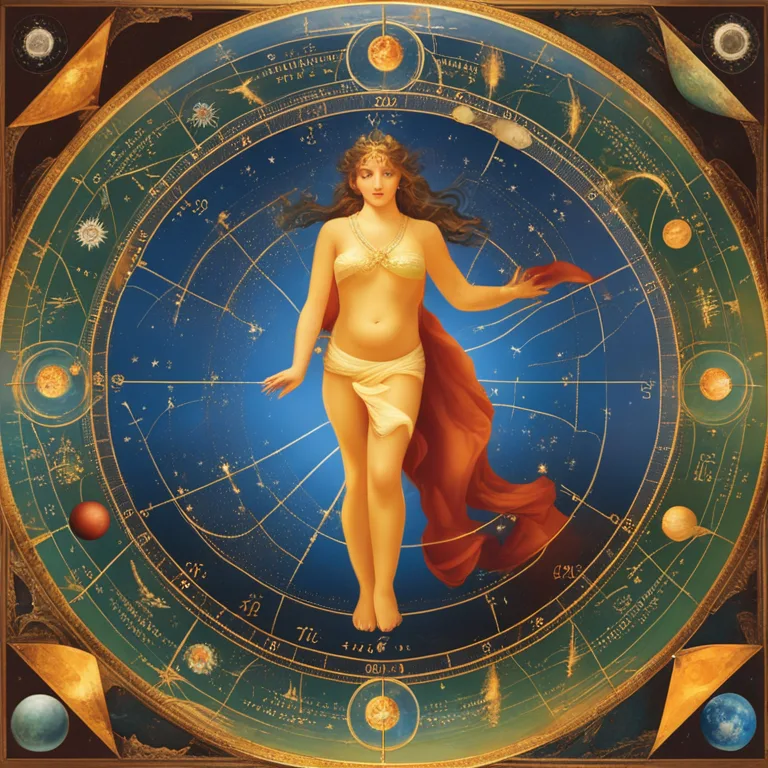
Nuances of Planetary Houses
Beyond the ascendant, the timing of one's birth delineates the twelve houses in their chart, each hosting several planets. The way these planets interact through aspects across both charts is like a cosmic conversation that suggests how individuals will support, challenge, or understand each other. House placements signify various life domains, and when there's cross-chart house alignment, the areas of life in which the relationship will thrive or face trials can be interpreted with striking clarity.
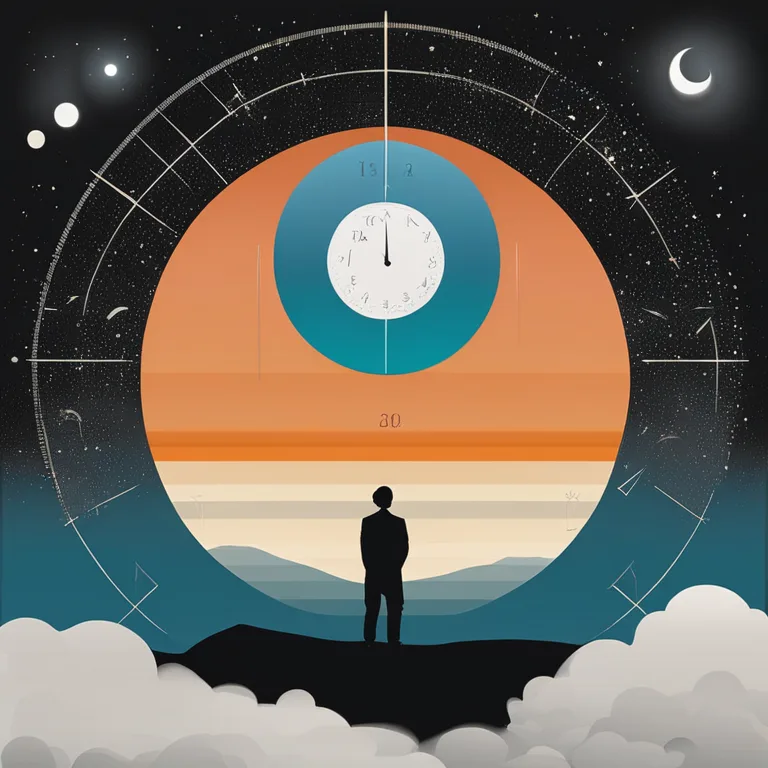
Timing and Moon Significance
The moon changes signs approximately every two and a half days, highlighting the importance of timing for birth chart compatibility. The Moon governs emotional undercurrents, needs, and intuitive responses – all fundamental in relationships. When two people’s moons are well-aligned, they often share a non-verbal rapport and emotional understanding. Conversely, incompatible moon placements can predict emotional dissonance that might need to be overcome through awareness and work.
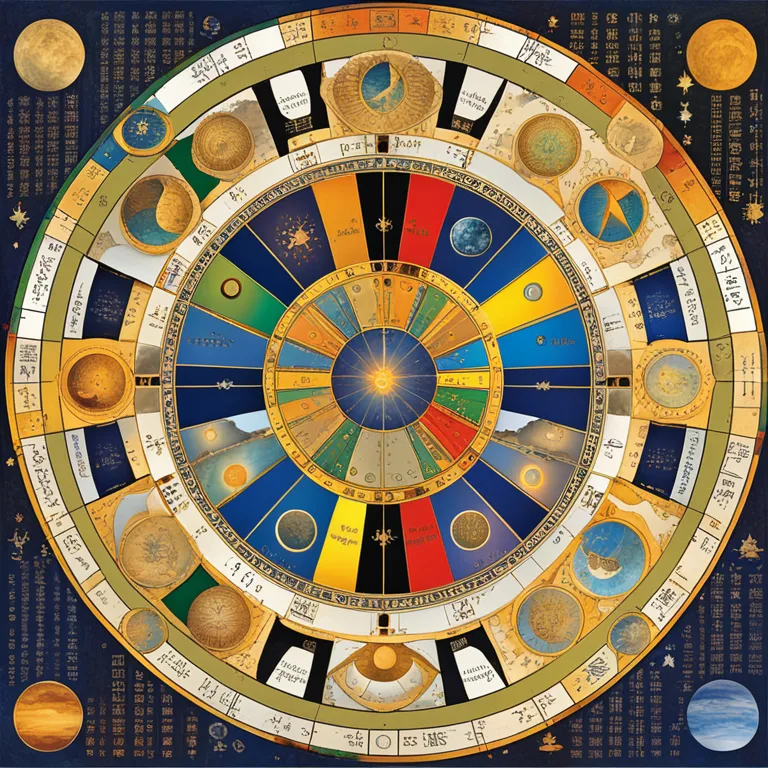
Understanding Phases and Cycles
Comprehending the relationship between two birth charts isn't only about the static positions at birth but also how these placements interact over time through progressions and transits. As the planets continue their celestial journey, they form transitory aspects to the natal chart, affecting the evolution of the relationship. Recognizing these cycles enables us to foresee potential periods of harmony or discord and offers a map for navigating the timing of important relational milestones.
The Impact of Vertex and Part of Fortune
Two often-overlooked components in synastry are the Vertex and the Part of Fortune, both of which are highly time-sensitive points in the chart. The Vertex has been associated with fateful encounters and karmic connections, potentially indicating a significant relationship when activated between charts. The Part of Fortune points to areas of greatest joy and success. When harmoniously aligned in couples’ charts, they may find in each other a profound sense of happiness and prosperity.
Navigating Modern Compatibility
As we move further into the 21st century, the traditional tools of astrology adapt and gain complexity with the inclusion of asteroids, hypothetical planets, and sensitive points. Modern astrologers may also consider the role of newly discovered celestial bodies, such as Eris or Haumea, in synastry charts. The continuous refinement of astrological practice, including the ever-increasing precision in birth timing due to technological advancement, promises to offer even more nuanced insights into the sphere of relationship compatibility.
Published: 12/22/2023
Modified: 12/22/2023
More predictions
Come back here soon to learn more about yourself and your future

